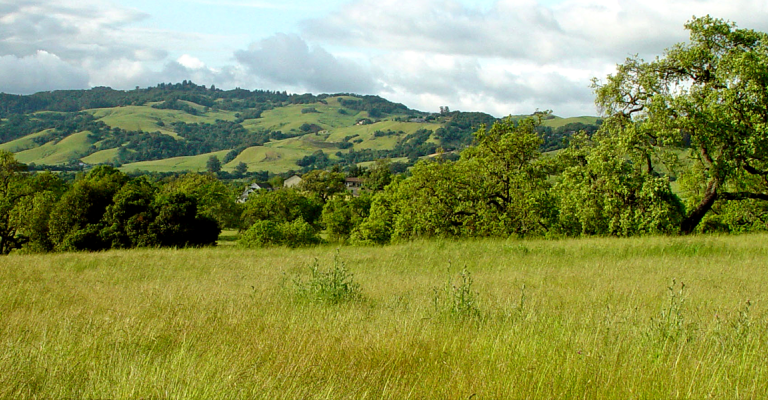Service-Learning in Political Science
Service-learning activity usually falls into two categories
Type 1: Teaching/tutoring/sharing knowledge from the class.
Example: Students at Hobart and William Smith Colleges in Geneva, New York took part in a service-learning course called The American Commitments Program in which they worked in local agencies, schools, hospitals, and other community organizations. The students were asked to explore social change and democratic citizenship. Among other services, some students partook in literacy tutoring. “For most students, it is their first opportunity to frame their community work in a larger context of rigorous intellectual work and group reflection.” “It merges the sense of political and civil rights with the larger web of human need and social community.” 1
Type 2: Using information from the class to do something with/for a community organization.
Example: Students at the California State University, Fresno were able to take part in a service-learning project revolving around Census 2000. The idea behind the course was to “combine solid academic content (statistics, political science, communication) with a relevant and important service to the community (Fresno and adjoining counties represent some of the most undercounted regions in the United States).” The students were “placed with community partners to spearhead a project designated by the local Census 2000 Complete Count Campaign—a national initiative aimed at achieving a more accurate census count.” The non-profit organizations primarily served immigrant populations from Asia and Latin America. The students were “proud of their accomplishments and contributions to the community.” The community agencies also gave overwhelmingly positive feedback, praising the course and the students. 2
Please contact [email protected] for more information.
David McCuan - [email protected] has instructed several service-learning classes and may be willing and able to share advice.
1 Guarsaci, R. “Politics, Community, and Service.” Experiencing Citizenship: Concepts and Models for Service-Learning in Political Science. Eds. Richard Battistoni and William E. Hudson. Sterling: Stylus, 2006. 127-140. Print.
2 Tannenbaum, P., Tannenbaum, S. “Making the Census Count: Learning, Service, and Political Engagement.” Research, Advocacy, and Political Engagement Ed. Sally Cahill Tannenbaum. Sterling: Stylus, 2008. 53-67. Print.


